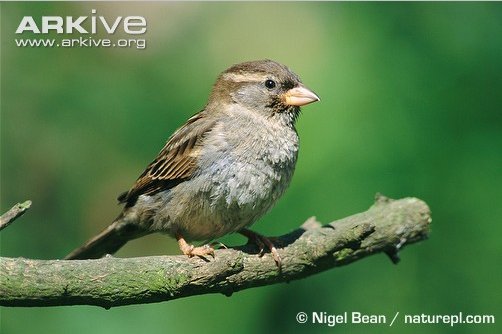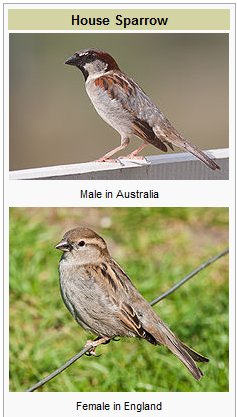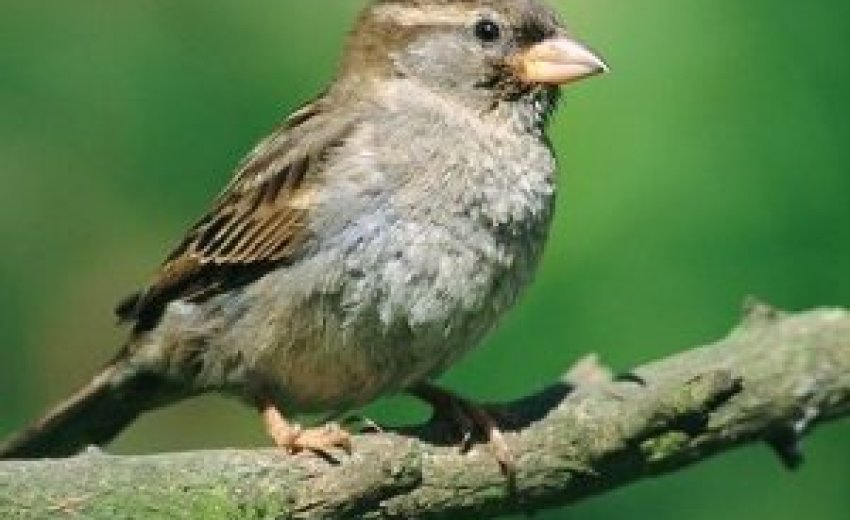We can lure back house sparrows by setting up forest-gardens

You don't hear the chirps of a sparrow as much as you did once upon a time, do you?
The reasons for their decline are yet to be understood, but we do have some pointers. Mosquito coils, cellphone radiation and automobile exhaust of vehicles running on lead-free petrol could be major factors. The use of chemical fertilizers and pesticides is certainly another cause related to their decline as for the first 15 days of their lives, their nestlings live exclusively on a diet of worms.
It is true that we can neither wish away unleaded petrol, the cellphone or the mosquito coil. So is the fate of the house sparrow (Passer domesticus) sealed? Not really.
 |
| When did you last see them? |
The sparrow remained an integral part of human life for millennia, but today they are disappearing from the cities all over the world. In Britain, they're now in the red list as a species of `high conservation concern'. In Sri Lanka, they are a protected species and in the Netherlands, they are an `endangered species'. If a bird that so easily adapted to human habitation and is a prolific multiplier whose range runs from the coastal areas to the Himalayas can start disappearing from our cities and towns, there is something seriously wrong with our urban landscape as they can still be seen in smaller towns and villages.
Think of a little change in our urban gardens. Manicured lawns that need precious ground water, chemical fertilizers and pesticides need to be replaced with forest-like green areas with indigenous grass, fruit-bearing trees like jamun, ber and shehtoot along with some thorny ones like babool as they are the ideal nesting grounds for the small birds.
To water these garden forests we need to create waste water wetlands, where water purifying plants like bulrushes and wild canna will remove toxins and pass on the water for irrigating these green areas. In these mini eco-systems there would always be small fish, frogs, dragonflies and spiders to ensure that the mosquitoes don't breed there. They will also be the green zones where our children could learn how eco-systems work.
Our match-box like apartment architecture has driven the house sparrow away. I do hope our new forest-gardens will lure them back.
Listen to the Chirping Sparrow
and here too:
Dushyant Parasher is an environmentalist and wildlife photographer.
He is the recipient of the Himalayan Environment Trust Award The views expressed by the author are personal

